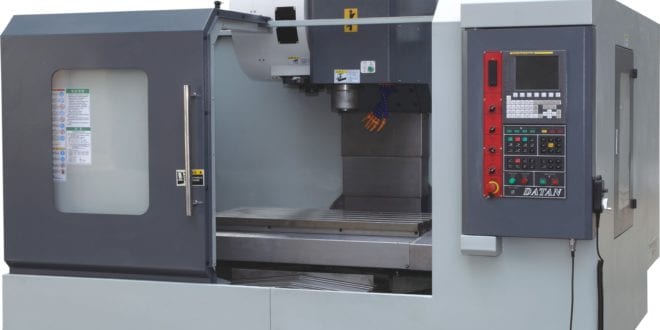
What are the Benefits of CNC Machining vs Handbook Machining? the benefits of cnc machining CNC (Computer system Numerically Controlled) machining is a production procedure in which pre-programmed computer software application determines the motion of factory tools and equipment. Using this type of maker versus manual machining can result in enhanced precision, increased production speeds, enhanced security, increased efficiency, and most of all expense savings.What are the Advantages of CNC Machining?
The precision of the CNC machine guarantees constant product quality. The process is more accurate than manual machining and can be duplicated in exactly the exact same manner over and over again.
Increased production speed and increased effectiveness. Computer systems are utilized to manage the machines, the process is automated therefore increasing speed and quality of manufacturing. Considering makers do not tire or require breaks it makes it more efficient than manual machining. One of the primary advantages for the operators of CNC makers is safety. Using CNC makers are much more secure than manually run machines as they work behind a guard or even a closed, transparent security door.
CNC Machining is more cost effective. Traditional machining needs one operator per device. CNC machining requires fewer device operators because one competent operator can run a number of devices at one time. Since the CNC is so precise it reduces mistakes from the manufacturing process and removes unnecessary waste. CNC Machining Solutions for Customized Applications
Eagle concentrates on Swiss CNC Machining, providing some of the most elaborately formed stainless steel parts readily available in the market. We can working in diameters ranging from 0.030 ″ to 2 ″, allowing us to meet the special specifications of even the most demanding applications. For additional information on our Swiss CNC machining services and capabilities, simply contact us or ask for a quote today.Half a century back, machinists were always responsible for crafting every single piece to excellence. These skills are still Stainless-Steel Stamping needed, however when it comes producing the same piece at high volume and high accuracy, electronic machines are vastly remarkable. That's where Computer System Numerical Controlled (CNC) machining comes in. CNC machining is a production technique that utilizes pre-programmed computer software application to control machining tools. This technology can be used to carry out a variety of complex procedures, consisting of grinding, routing, milling, punching, turning and lathing. CNC machining changed the industry in the 1960's and is the dominant approach of machining today. It is essential to comprehend the various benefits and disadvantages of using this technology in your manufacturing operations. Constant Use: Unlike manual labor, CNC equipment (barring any breakdown or upkeep issue) can work constantly over any period of time without a break. This significantly increases performance and efficiency. Consistency, Precision and Redundancy: With computer system software application, the design of any provided item just requires to be programmed once. The CNC device can then completely reproduce that style, for any order quantity. Low Skill Requirement: CNC machine operators require little training and ability when compared to manual maker operators.
Less Personnel: Because computer software controls the machinery, fewer service technicians are required for operation and oversight, cutting total expenditures. Versatility: The software application can be reprogrammed rapidly and quickly to produce various parts, allowing operations to keep up with shifting client demands. Capability: This technology uses computer precision to go beyond the limitations of manual capabilities. More complex and intricate operations are possible with CNC machining. Cost: CNC machines are more expensive and need a greater preliminary financial investment than devices that can be operated manually. Nevertheless, as this innovation becomes the standard, supply is increasing leading to costs gradually reducing.
Abilities Loss: As the need for manual device operators decreases, less and less brand-new trainees adopt those skills. This might eventually lead to the total loss of long-preserved abilities.
Unemployment: Automation decreases the requirement for workforce, and fewer workers are worked with. That stated, the need is now moving to software engineers and mechanical engineers, and education and training will have to adapt to satisfy that need. To learn more on the abilities gap in the manufacturing market, reference this post.